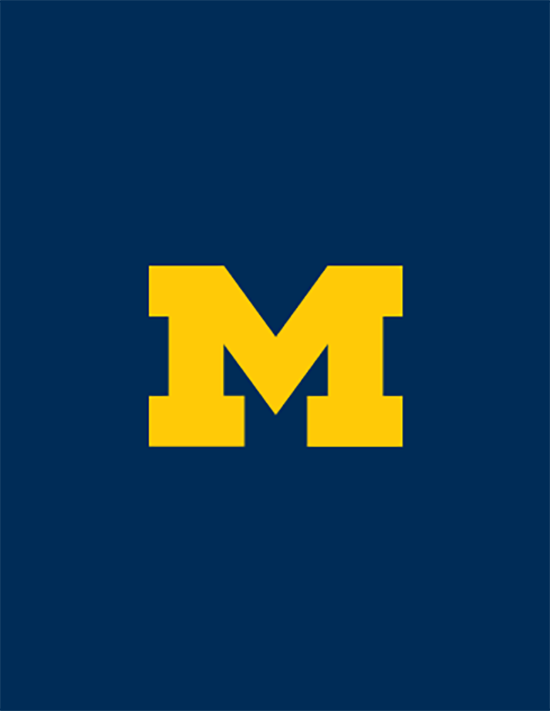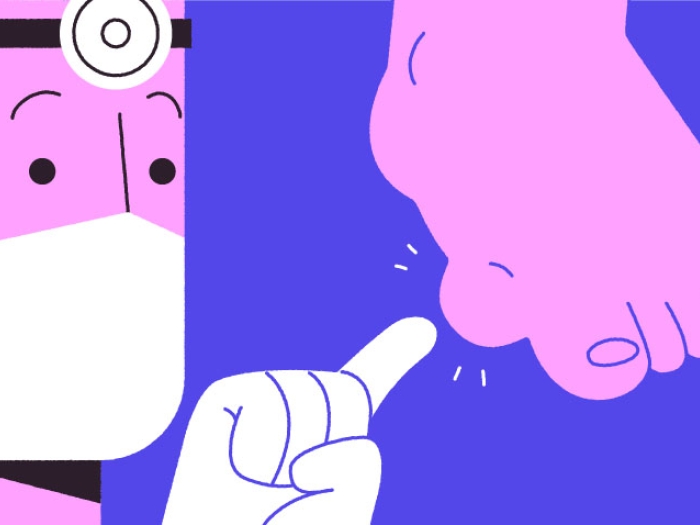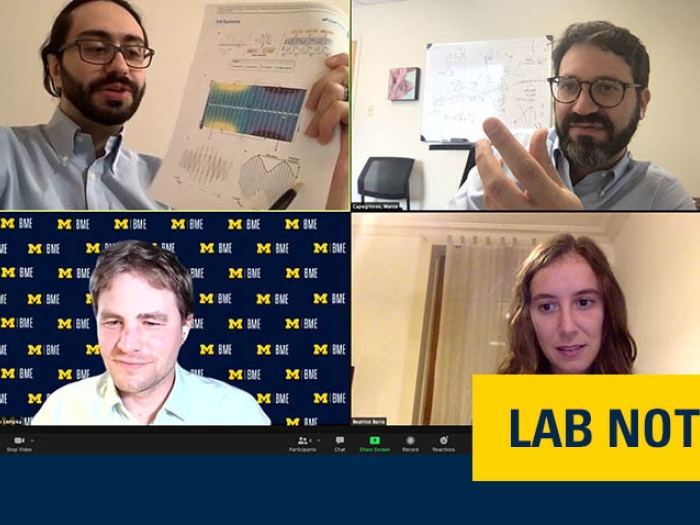Pain management is a crucial part of the disease's care, but little is understood about how to manage it properly
11:51 AM
Author |

Pain management is an important component of caring for adults with cerebral palsy.
However, it's the least understood comorbidity in the adult cerebral palsy population.
A study led by Mark Peterson, Ph.D., M.S., FACSM, a professor of physical medicine and rehabilitation at University of Michigan Health, found that adults living with cerebral palsy had a very high occurrence of pain, with 90% having a pain history and 74% having multiple diagnoses of pain coming from different origins such as the lower back, irritable bowels, joint arthritis and chronic headaches.
The study compared the prevalence of nociplastic, neuropathic, nociceptive and mixed pain subtypes in adults with cerebral palsy.
The data described combinations of pain subtypes and to assess their relation to CP subtypes.
The distribution of pain phenotypes across individual categories found that 86.3% of adults with cerebral palsy experience nociceptive pain, 45.8% experience nociplastic pain and 16.9% experience neuropathic pain.
Data for the research was collected from a 20% random sample of patients with a CP diagnosis above the age of 18 in the Medicare Fee-for-service research identifiable files from 2008 to 2020.
“We were not surprised by the extremely high prevalence of pain and pain multimorbidity, as this reflects what most patients report,” said Peterson.
See also: Cerebral palsy patients at higher risk of receiving opioid prescriptions
“This research demonstrates a much higher pain prevalence than previous research, however. We believe our data is more representative of the true pain experience of adults with cerebral palsy.”
Peterson and his team want their study to shed light on the significance of chronic pain in adults with cerebral palsy to bring better pain management techniques forward.
“Many adults with cerebral palsy are prescribed opioid medication to treat their pain,” said Peterson.
“This is not sustainable longterm and can cause numerous complications for patients. It is important to have a better understanding of the pain adults with cerebral palsy experience and how to manage this pain so we can form better treatment methods.”
“Pain is definitely the most common complaint in our Adults with Cerebral Palsy clinic,” said Edward A. Hurvitz, M.D., a professor of physical medicine and rehabilitation and s co-author on the study.
“Accurate identification of the pain type and source is critical for proper treatment.”
Additional authors: Kathryn Ashbaugh, B.S. and Michael O’Leary, B.S. from the Institute for Healthcare Policy and Innovation, Michigan Medicine, University of Michigan, Ann Arbor, MI; Mary Schmidt, D.O., and Heidi Haapala, M.D. from the Department of Physical Medicine and Rehabilitation, Michigan Medicine, University of Michigan, Ann Arbor, MI; and Neil Kamdar, M.A. from the Institute for Healthcare Policy and Innovation, Michigan Medicine, University of Michigan, Ann Arbor, MI, the Center for Population Health Sciences, Stanford University and the Cecil H. Sheps Center for Health Services Research, University of North Carolina.
Funding: This research was developed in part under a grant from the National Institutes of Health (NIH: #1R21DE032584-01).
Paper cited: “Pain Phenotypes and Pain Multimorbidity among Adults with Cerebral Palsy: A Nationwide Cohort Study of Medicare Beneficiaries,” Jama Neurology. DOI: 10.1001/jamaneurol.2024.2443
Sign up for Health Lab newsletters today. Get medical tips from top experts and learn about new scientific discoveries every week by subscribing to Health Lab’s two newsletters, Health & Wellness and Research & Innovation.
Sign up for the Health Lab Podcast: Add us on Spotify, Apple Podcasts or wherever you get you listen to your favorite shows.

Explore a variety of health care news & stories by visiting the Health Lab home page for more articles.

Department of Communication at Michigan Medicine

Professor
Want top health & research news weekly? Sign up for Health Lab’s newsletters today!




